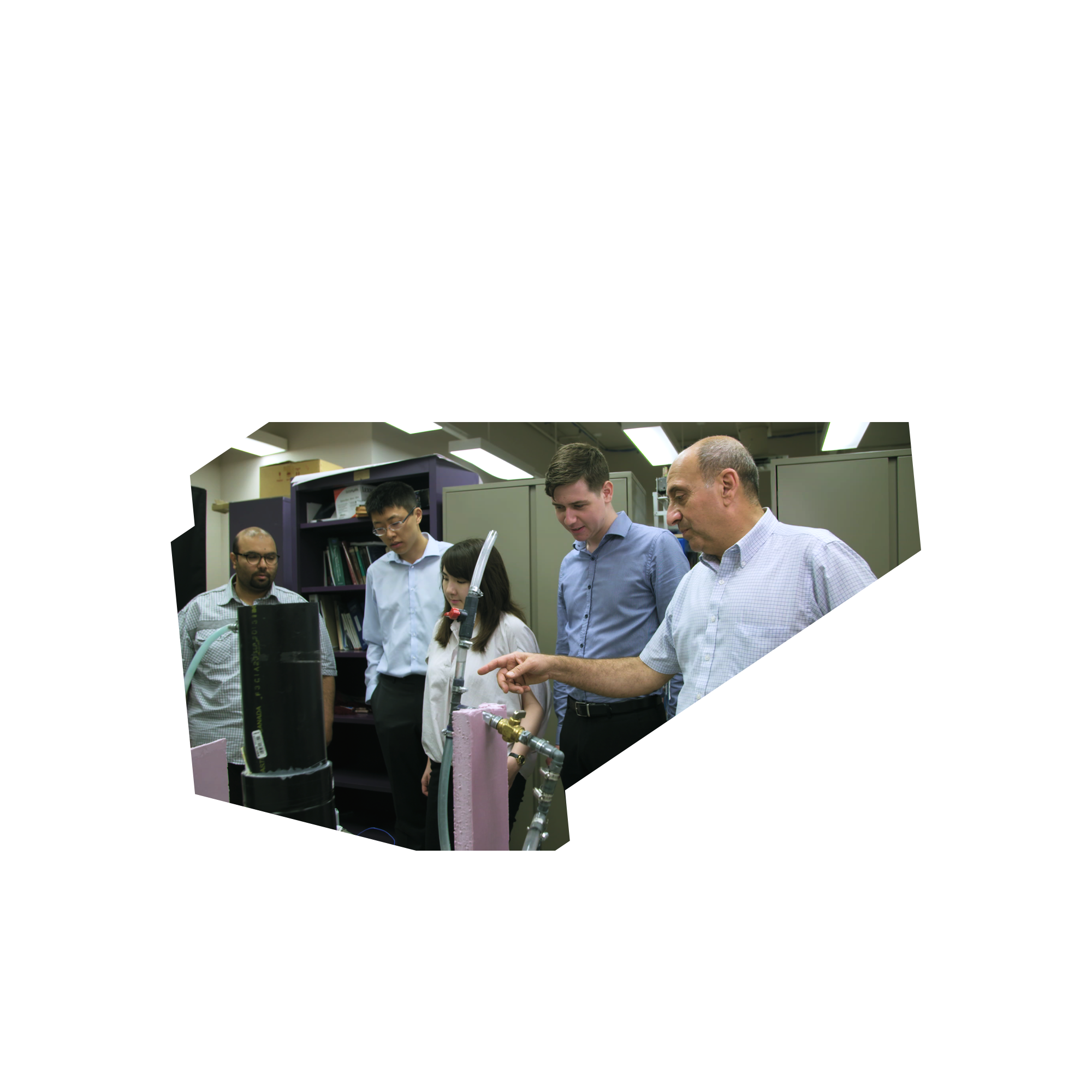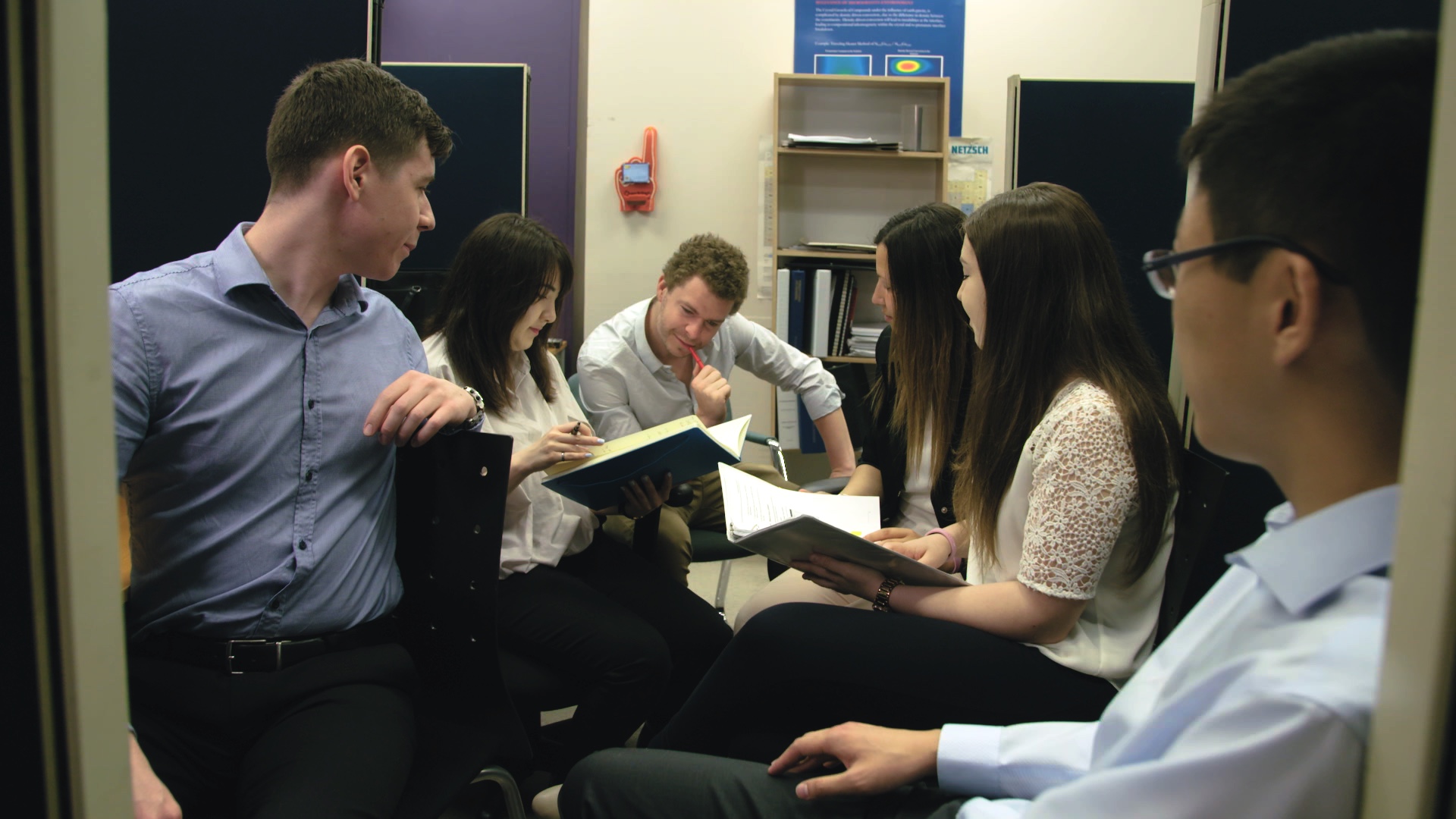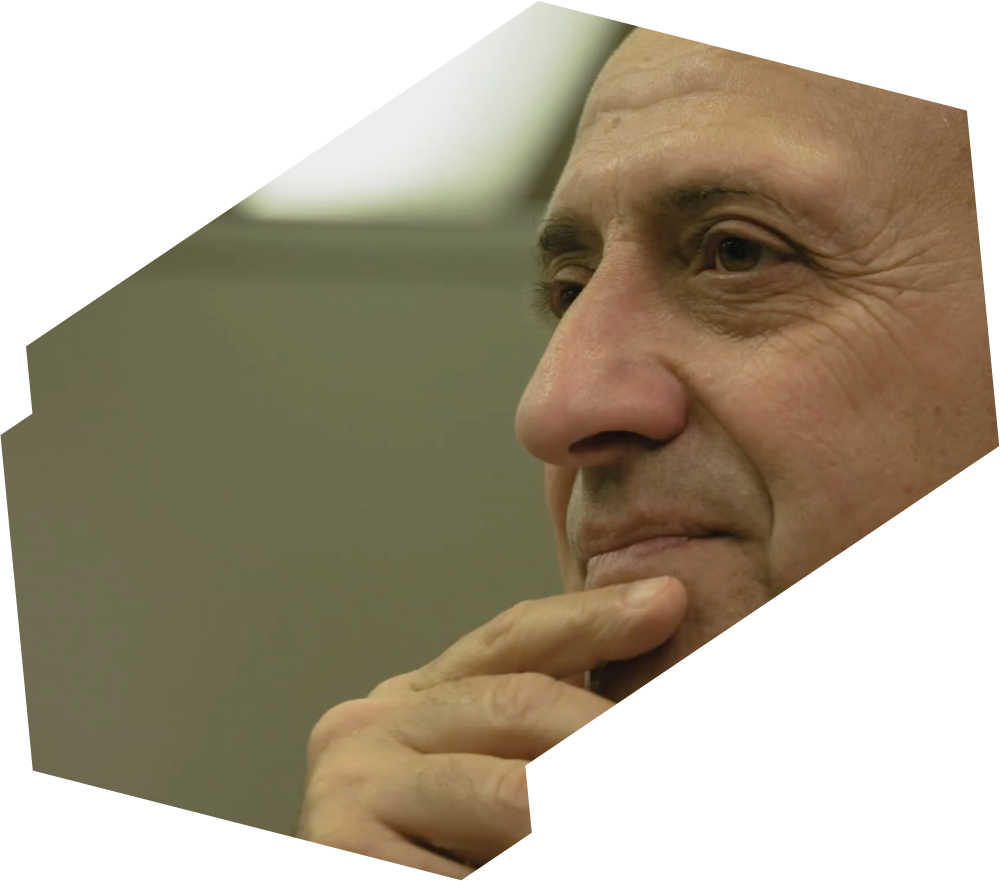
Designing for Number Two by Putting People First
In his book, Change by Design, Tim Brown, CEO of IDEO, describes design thinking as a method for putting the needs of people at the heart of human progress by focusing on the desirability of a solution as the key driver rather than simply feasibility and viability.
This approach was central to one student team’s response to an open call from NASA for solutions for better managing astronauts’ bodily fluids in space. The goal was to design a collector to be located inside a spacesuit that hampered the astronauts as little as possible. NASA recognized the interdisciplinary team of Ryerson engineering students for their innovative and human-centric design solution.


The team’s winning engineering solution beat out other international teams with a human-centred design optimized for a harsh zero-gravity environment.
The team included biomedical, industrial and mechanical undergraduate engineering students Cayley Delisle, Jennifer Eshoua, Caleb McNevin, Noor Shehata, Arianna Soave and Christopher Welsford. They placed in the top tier of 10,000 international teams.

